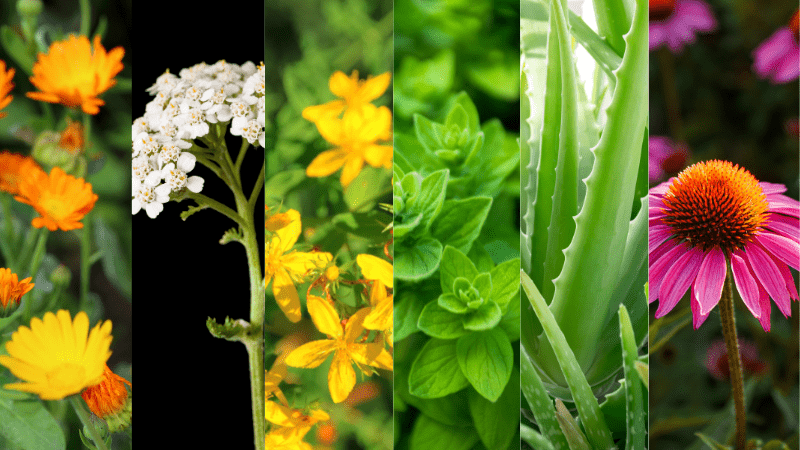Grow Your Own Healing Herbs: 15 Medicinal Plants for Wellness
Discover easy-to-grow healing herbs that offer natural remedies for common ailments, from stress relief to digestive health, enhancing your well-being at home
Growing your own healing herbs presents a beautiful opportunity to bring natural remedies into your home. These herbs offer a variety of medicinal benefits, from soothing digestive issues to alleviating stress and anxiety. Cultivating a herb garden not only provides fresh, organic ingredients but also connects you to the age-old traditions of herbal medicine.
In this guide, we’ll explore 15 healing herbs that are easy to grow and incredibly beneficial. Whether you have a spacious garden or a small balcony, these herbs can thrive in various environments and provide natural solutions for many common ailments. Let’s dive into the world of healing herbs and discover how they can enhance your well-being.
Peppermint
Peppermint is a versatile herb that can relieve digestive problems such as indigestion, gas, and bloating. It also has a cooling effect that makes it great for headaches and muscle pain. Peppermint grows best in partial shade to full sun and moist, well-drained soil. Regular harvesting encourages new growth and provides leaves for teas, infusions, and essential oils.
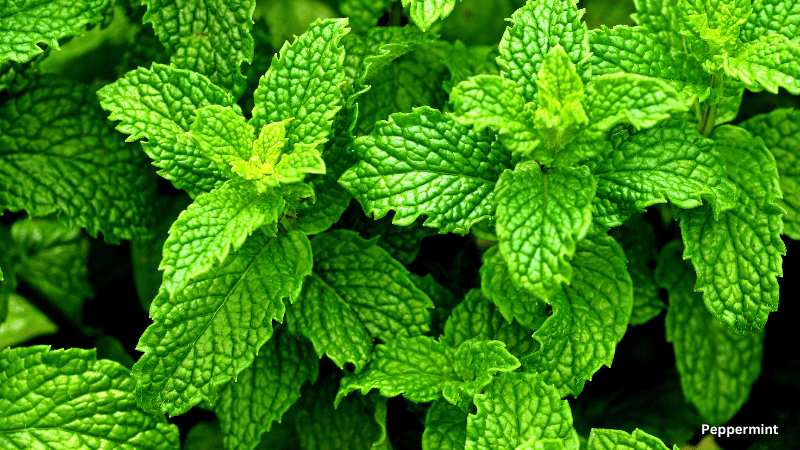
Lemon Balm
Lemon Balm is cherished for its calming effects and is often used to reduce stress, anxiety, and insomnia. It also has antiviral properties, making it useful for cold sores. Lemon Balm thrives in full sun to partial shade and well-drained soil, though it can be invasive and is best grown in containers. Use fresh or dried leaves for teas and infusions.
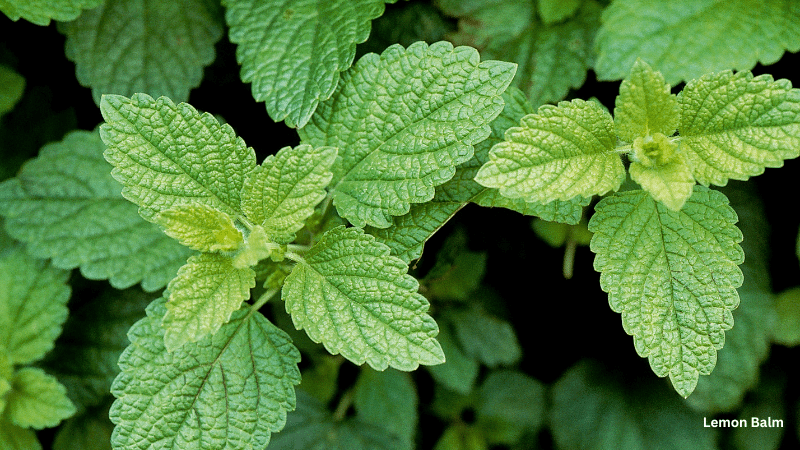
Sage
Sage supports digestive health, reduces inflammation, and can enhance cognitive function. It’s also used to alleviate menopause symptoms. Sage grows best in full sun and well-drained soil and requires minimal watering once established. Use fresh or dried sage leaves in teas or create a sage-infused oil for topical applications.
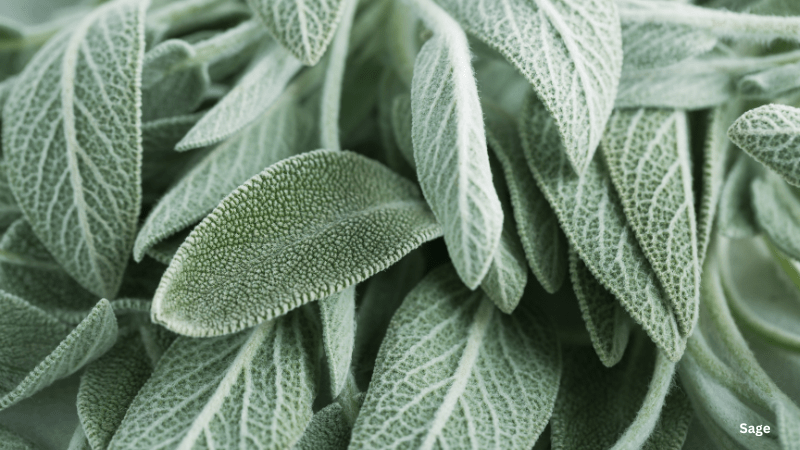
Rosemary
Rosemary boosts memory and concentration, relieves muscle pain, and supports digestive health. It thrives in full sun and well-drained soil and requires minimal care once established. Pruning encourages new growth, providing a continuous supply of fragrant leaves for teas, infusions, and culinary dishes.
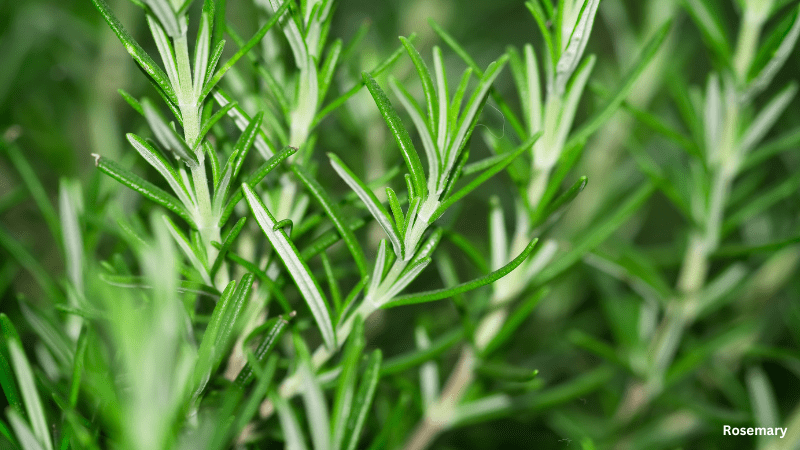
Thyme
Thyme has antibacterial and antifungal properties, making it excellent for treating respiratory issues like coughs and bronchitis. It supports digestive health and boosts the immune system. Thyme prefers full sun and well-drained soil and requires minimal maintenance. Use thyme leaves fresh or dried in teas, infusions, and culinary dishes.
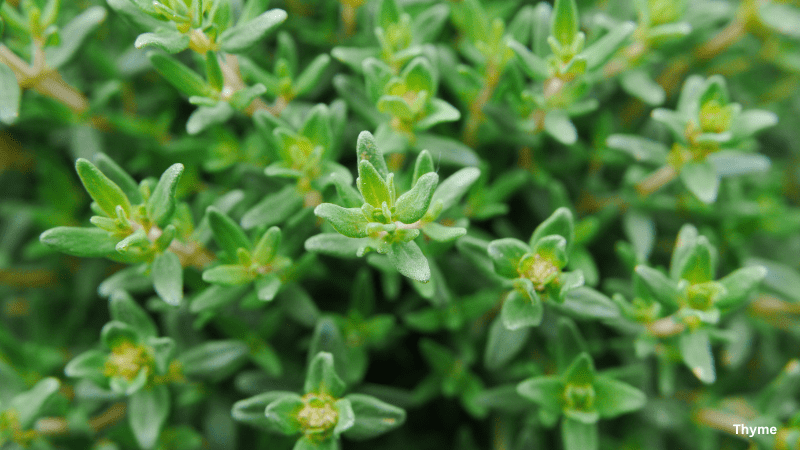
Lavender
Lavender is cherished for its calming and soothing properties. It’s often used in aromatherapy to reduce stress and promote tranquility. Lavender thrives in full sun and well-drained soil and requires minimal watering. Pruning after blooming helps maintain its shape. Use lavender flowers fresh or dried in teas, infusions, and essential oils.
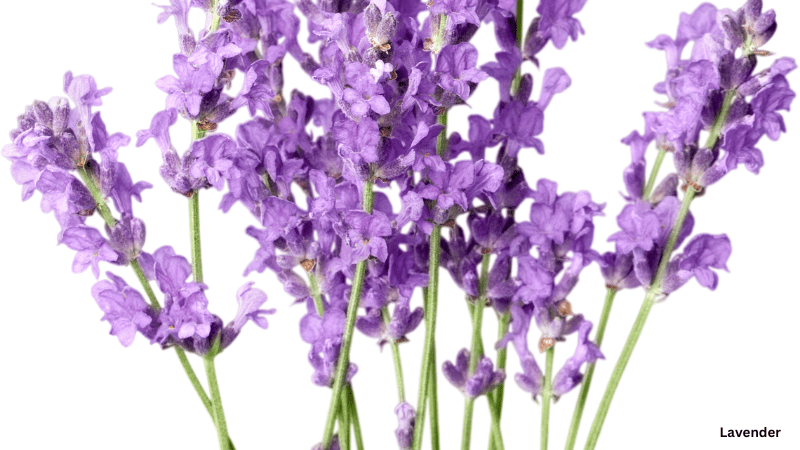
Chamomile
Chamomile is well-known for its calming properties and is often used to make soothing teas that aid in relaxation and sleep. It can also help with digestive issues, reduce inflammation, and relieve anxiety. Growing chamomile is straightforward—it thrives in full sun and well-drained soil, whether in garden beds or containers. Regular harvesting of the flowers ensures a fresh supply for teas and infusions.
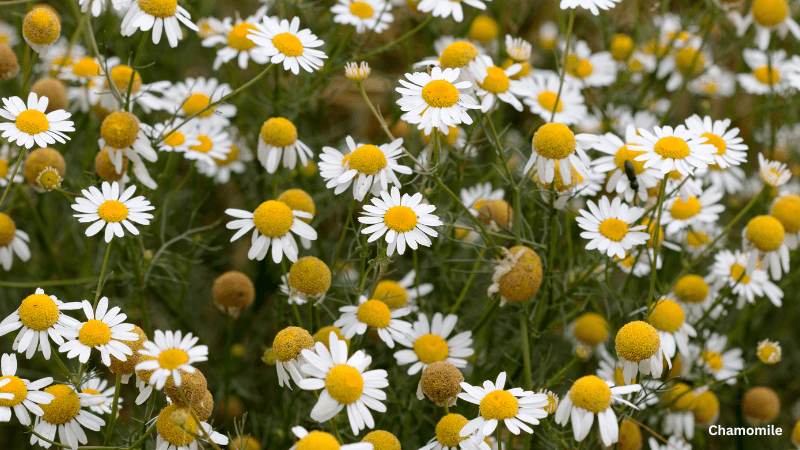
Basil
Basil is versatile and helps reduce inflammation, improve digestion, and has antibacterial properties. It grows best in warm, sunny conditions with well-drained soil and requires regular watering. Pinch back leaves to encourage bushier growth. Use fresh basil leaves in culinary dishes or dry them for teas and infusions.
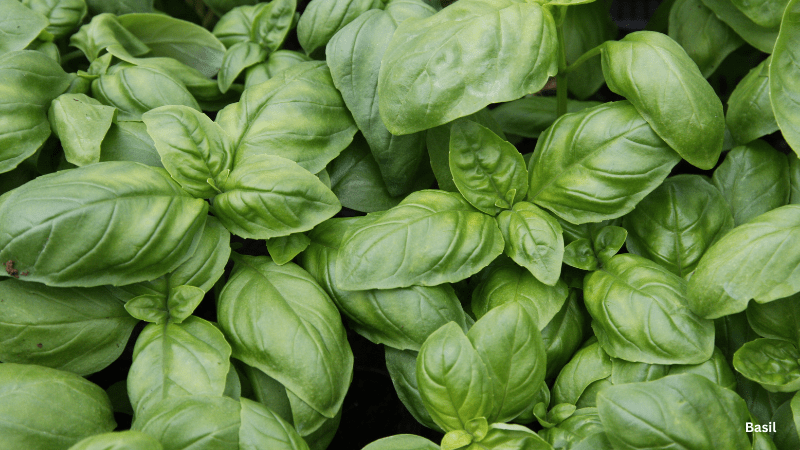
Echinacea
Echinacea, commonly known as coneflower, is famous for its immune-boosting properties. It helps reduce the severity and duration of colds and flu, and has anti-inflammatory and antiviral benefits. Echinacea prefers full sun and well-drained soil. All parts of the plant can be used in herbal preparations, making it versatile for teas and tinctures.
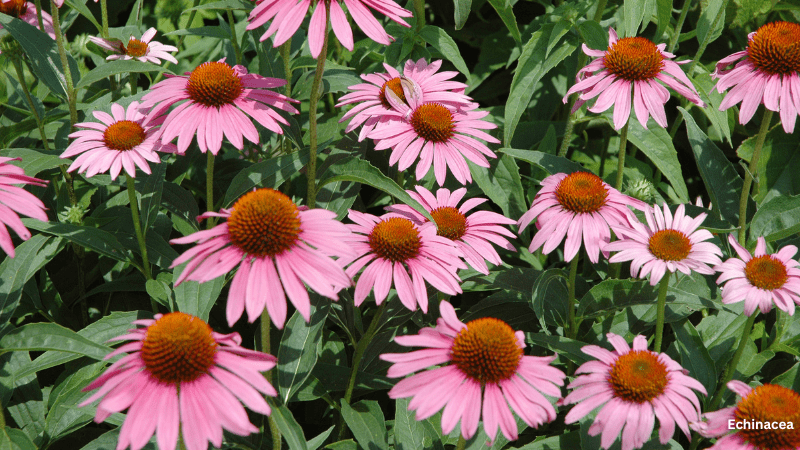
Aloe Vera
Aloe Vera is known for its healing properties and is used to treat burns, cuts, and other skin irritations. It grows best in well-drained soil and bright, indirect light. Allow the soil to dry out between waterings. Use fresh gel from the leaves for topical applications or prepare Aloe Vera juice for internal use.
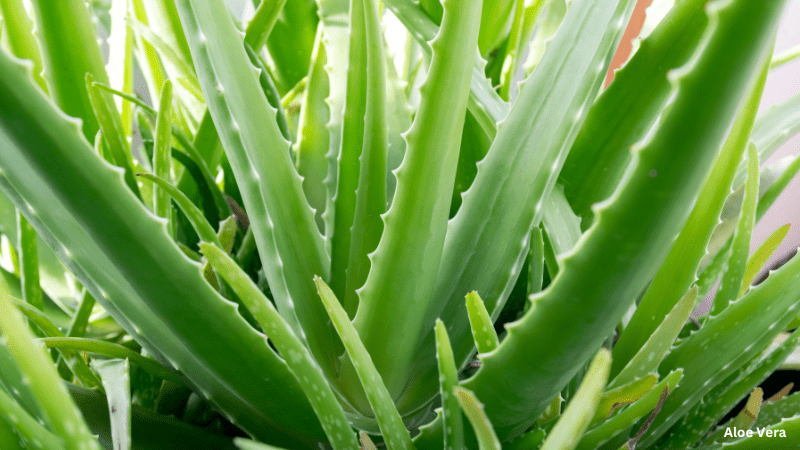
Oregano
Oregano has powerful antioxidant and antimicrobial properties and supports respiratory health and boosts the immune system. It thrives in full sun and well-drained soil and requires minimal care once established. Use fresh or dried leaves in teas, infusions, and culinary dishes.
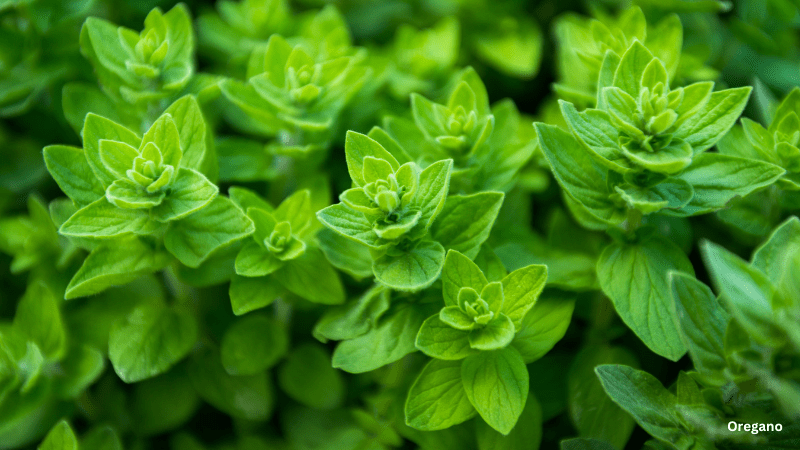
St. John’s Wort
St. John’s Wort is well-known for its antidepressant properties and is used to alleviate mild to moderate depression and anxiety. It also has anti-inflammatory and antiviral properties. It grows best in full sun and well-drained soil and requires regular watering. Use fresh or dried flowers in teas, infusions, and homemade skin-care products.
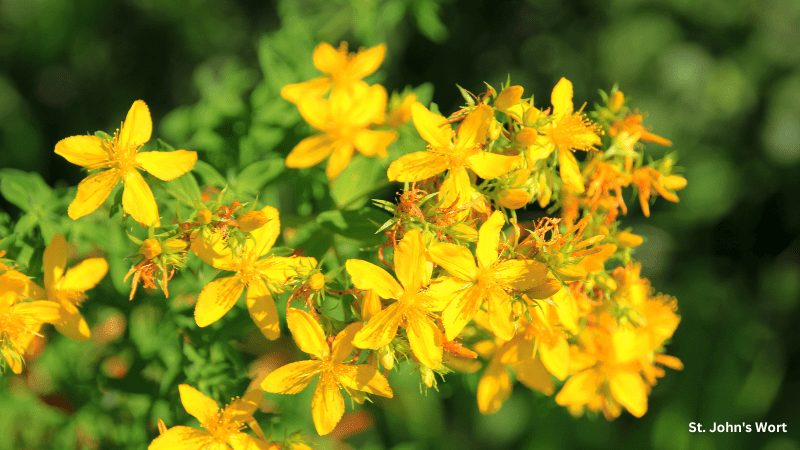
Yarrow
Yarrow stops bleeding, reduces inflammation, and supports wound healing. It’s used in poultices and salves for cuts and bruises and can help with digestive issues and colds. Yarrow thrives in full sun and well-drained soil, requiring minimal care once established. Use fresh or dried flowers and leaves in teas, infusions, and homemade skin-care products.
Incorporating these 15 healing herbs into your garden creates a personal pharmacy of natural remedies. These herbs offer a variety of health benefits and can be used in many forms, from teas and tinctures to salves and essential oils. Growing your own herbs ensures you have a fresh, organic supply of healing plants.
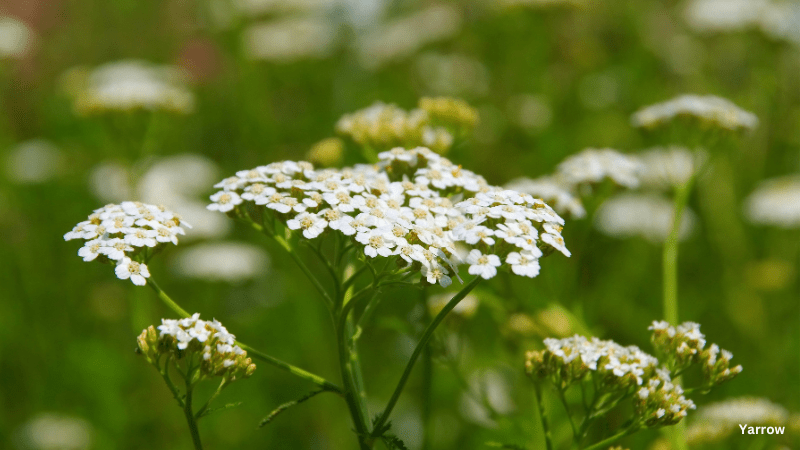
Calendula
Calendula, or pot marigold, is famous for its skin-healing properties. It’s used in creams and salves for cuts, burns, and other skin irritations. Calendula thrives in full sun and well-drained soil and benefits from regular watering and deadheading. Use fresh or dried flowers in teas, infusions, and homemade skin-care products.
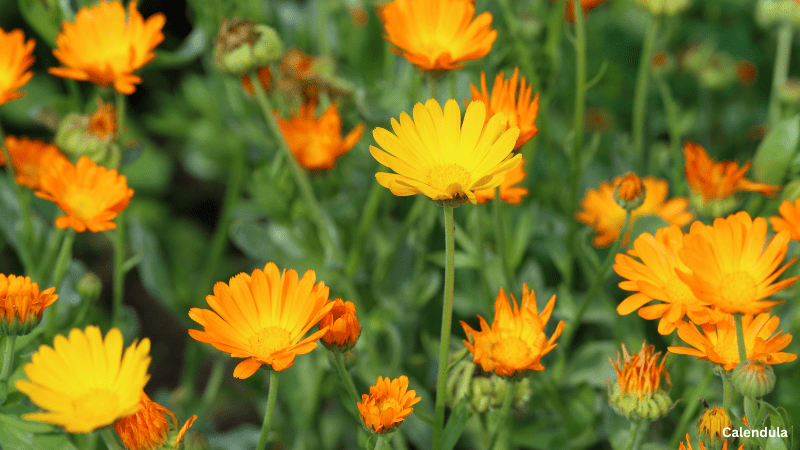
Source:
Thomas Nelson. 15 Healing Herbs to Grow in Your Garden. https://www.msn.com/en-us/health/other/15-healing-herbs-to-grow-in-your-garden/ss-BB1mRhF8#image=1. Accessed May 29, 2024
Other posts you might like:
Health Benefits of Neem: A Natural Antimicrobial Powerhouse
Astragalus: health Benefits And Immune-boosting properties
Milk Thistle: Nature’s Hidden Treasure for Wellness
Category
- Health Issues (65)
- Healthy Diet (45)
- Herbs for Health (11)
- Mental Health (31)
- Skin Care (20)

